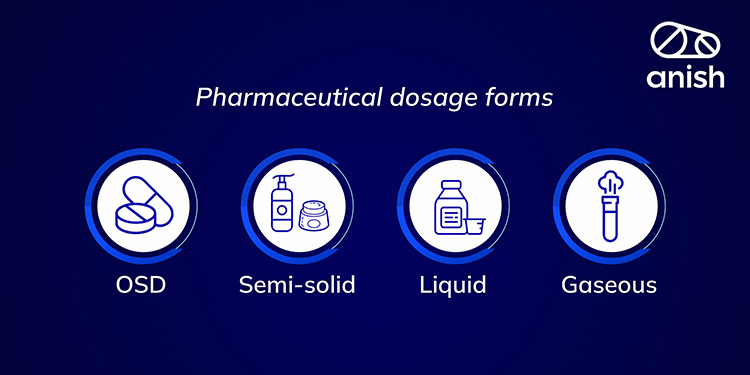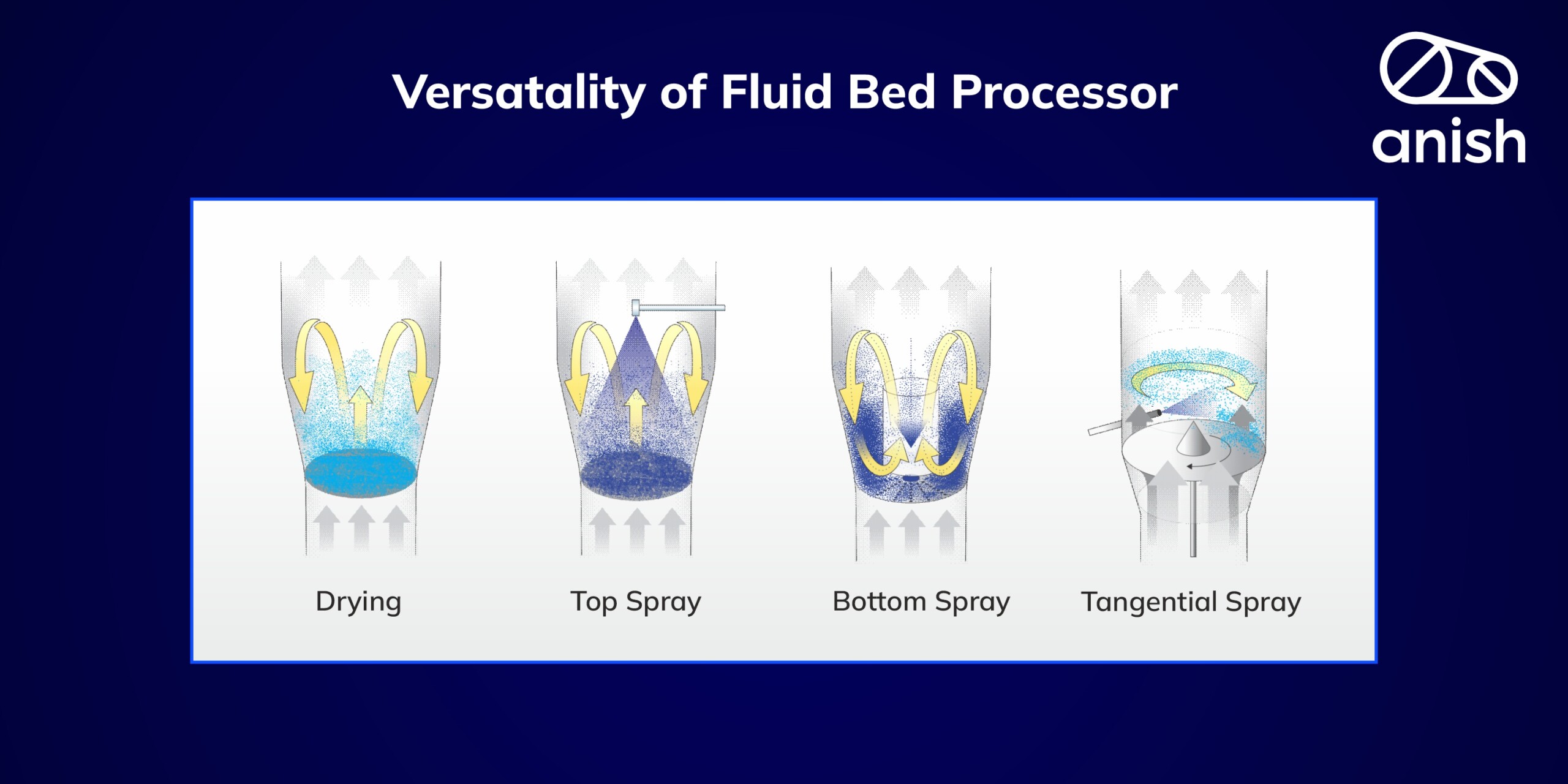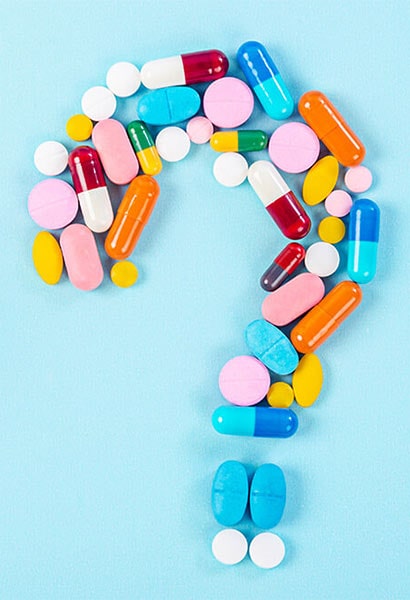In the realm of pharmaceuticals, the journey to improving human and animal health has been long and rich, with constant innovation paving the way. As we are in the era of Science and Technology, Pharmaceutical companies produce different drugs and therapeutic applications with different modes of drug delivery or administration into the body for the well-being of human lives. To understand various drug delivery technologies, we need to know the meaning of a few terms like Drug Delivery, Drug delivery systems, and Drug Delivery Devices.
Drug Delivery:
The process of administering the medicine or Active Pharmaceutical Ingredient (API) directly into the bloodstream to achieve the desired therapeutic effect is called Drug Delivery. This drug delivery mechanism discovered the impact of the drug efficacy based on the type of dosage form and the therapeutic activity at the desired target site.
Drug Delivery System:
A Drug Delivery System is defined as the formulation or device administered into the body or systemic circulation to enhance drug absorption at the target site by providing the required pharmacological action with improved safety and efficacy. In the last six decades, drug delivery technologies have significantly advanced, ensuring consistent absorption at target sites, simplified administration, and reduced dosing frequency for minimised adverse effects.
Drug Delivery of Devices:
These are the equipment or the Physical agents that are included or incorporated in the Drug Delivery Systems. With advancements in engineering and medical technology, Drug Delivery Devices are being developed as electromechanical devices, which are like Apps to provide and track medication administration to the patients in the home. For example, Prefilled Syringes, Autoinjectors, Meter-dose Inhalers, Infusion Pumps, Eye Droppers, Transdermal Patches, etc., all come under Drug Delivery Devices.
The selection of delivery routes is influenced by the drugs pharmacokinetics and pharmacodynamic profile, as well as convenience and compliance. Understanding the traits of the various routes and related technologies is, therefore, essential.
Different drug delivery technologies or different routes of drug administration:
Based on the starting point where the drug can be introduced into the body, different routes of drug administration are classified as mentioned below.
- Buccal Route
- Oral Route
- Pulmonary Route
- Transdermal Route
- Ocular Route
- Nasal Route
- Sublingual Route
- Vaginal / Anal Route
- Parenteral Route
1. Buccal Route of Drug Delivery:
The administration of the drug through Buccal mucosa, i.e., the lining of the cheeks, avoids first-pass metabolism; in general, lozenges, gels, and patches are administered through this route.
2. Oral Route of Drug Delivery:
Among the most familiar and widely preferred routes, drugs are ingested through the mouth, typically by swallowing. This category includes tablets, capsules, syrups, and oral suspensions. The Oral Route is the one that is most frequently utilised because it is the most practical, typically the safest, and least expensive. At anish pharma, we take pride in manufacturing world-class equipment for processing tablets, capsules, syrups, and oral suspensions. Employing the latest technology and industry best practices, we meticulously design machinery to facilitate the production of a diverse range of pharmaceutical formulations.
3. Pulmonary Route of Drug Delivery:
Here, the drug is administered via inhalation method through the mouth into the airways or alveolar region of the lungs. It is the potential route of drug administration for systemic diseases.
4. Transdermal Route of Drug Delivery:
Here, the delivery of the drug through the skin and the absorption of the drug through dermal microcirculation. This is the best route of drug administration for unconscious patients and also patients suffering from vomiting.
5. Ocular Route of Drug Delivery:
Here, the administration of drugs through the eye is a finely tuned process that takes into account the presence of efflux and influx transporters.
6. Nasal Route of Drug Delivery:
Here, drugs are administered through the nasal cavity of the nose, and this route is widely used for nasal spray medications for the treatment of upper respiratory tract problems.
7. Sublingual Route of Drug Delivery:
Here, the administration of the drug is under the tongue, where the drug is absorbed through the bloodstream via the ventral surface and floor of the mouth.
8. Vaginal/Anal route of Drug Delivery:
Here the drug is delivered through the vaginal or anal region, and this route of drug administration has a faster onset of action compared to the oral route of administration. This is the most frequent route for the administration of hormones to treat women’s health problems.
9. Parenteral Route of Drug Delivery:
Here, the drug is delivered through an Intravenous system where the drug is directly injected into the bloodstream. This is the only route where 100% drug bioavailability is present in the body.
Based on the route of administration, patient compliance, physical state, and stability of the drug substance, the pharmaceutical dosage forms are classified into:
- Solid Dosage Forms
- Semi-solid Dosage Forms
- Liquid Dosage Forms
- Gaseous Dosage Forms
Solid Dosage Forms: These involve delivering drugs in solid form, containing one or more active ingredients. Examples include tablets, capsules, powders, granules, lozenges, and pills. These forms are widely used for delivering medications, supplements, and other active substances to patients. At anish pharma, our advanced equipment plays a pivotal role in crafting these essential solid forms, like Granulation Lines, Fluid Bed Dryers, Fluid Bed Processors, Rapid Mixer Granulator, Extruders, and Spheronisers. We understand the critical importance of precision and consistency in pharmaceutical manufacturing, and our advanced machinery ensures that every tablet, capsule, or solid form we produce meets the highest quality standards.
Semi-solid Dosage Forms:
Semi-solid forms, such as creams, ointments, pastes, and gels, deliver drugs from external surfaces. At anish pharma, our cutting-edge Ointment Manufacturing Plant is a vital component in the creation of these formulations, catering to various applications in our daily lives.
Liquid Dosage Forms:
Liquid forms deliver drugs through the oral route, a particularly advantageous option for children and the elderly. This category encompasses suspensions, emulsions, elixirs, and more. At anish pharma, our Liquid Manufacturing Plant utilises advanced technology to produce liquid medicines with uncompromising quality.
Gaseous dosage forms:
Here, the dispersion of solid or liquid drug particles in gas for application into the respiratory tract using an atomiser. All aerosol formulations, inhalations, sprays, etc.
In conclusion, the world of drug delivery technologies continues to evolve. At anish pharma, we are proud to be at the forefront as one of the leading pharma equipment manufacturers in India and Internationally. Our cutting-edge equipment, including Granulation Lines, Pelletization Lines, Fluid Bed Dryers, and Integrated Granulation Line Machines, ensures top-quality solutions customised to your specific needs. Our advanced machines enable us to control various aspects of the manufacturing process, including particle size, compression force, and mixing efficiency, to create pharmaceutical products that are not only effective but also safe and reliable. We believe in elevating product quality and making your pharmaceutical processes easy to handle.
Choose anish pharma for excellence in engineering solutions tailored to your requirements. Experience pharmaceutical innovation like never before, with processes optimised for both quality and efficiency. Your journey towards top-class pharmaceutical formulations starts with us.
 Search
Search 




